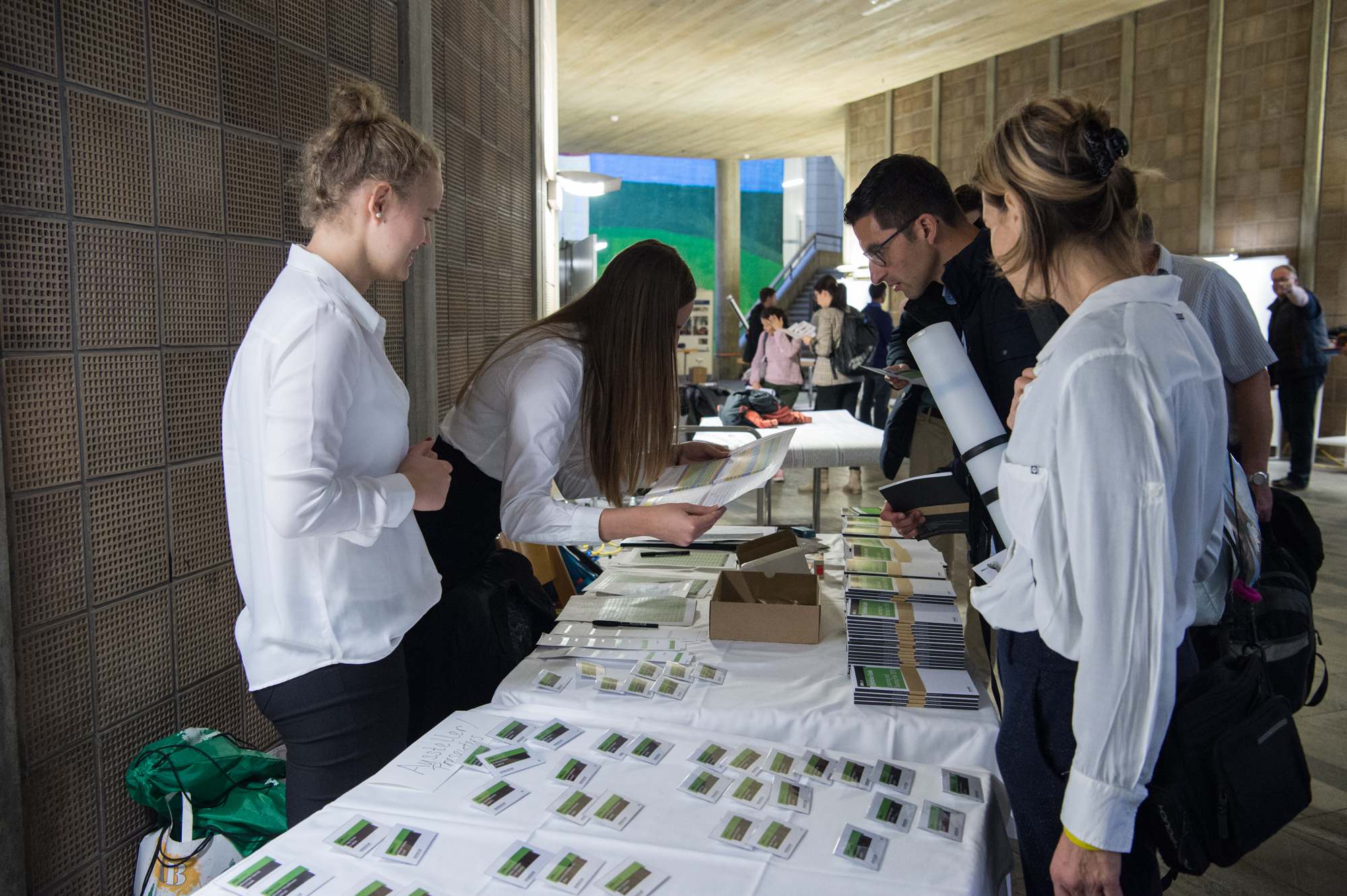An interdisciplinary and application-oriented approach to teaching microfluidics for microbial ecology
Booth #03
Our interdisciplinary course directed at a heterogeneous group of doctoral student participants aimed to help students identify the experimental advantages and requirements of microfluidics and learn how to design and perform an experiment in view of their own project.
Authors
Dr Eleonora Secchi, D-BAUG, Groundwater and Hydromechanics
Dr Mehdi Salek, D-BAUG, Groundwater and Hydromechanics
Vicente Fernandez, D-BAUG, Institute of Environmental Engineering
Abstract
The course Microfluidics for microbial ecology is a 5-day course, where students can learn the basics of microfluidic technology and sample a range of applications in mi-crobial ecology. Microfluidics is a relatively novel technique with broad applications and an interdisciplinary basis. The course is designed for Master and PhD students, who are interested in applying microfluidics to their experimental activity and have very different backgrounds, ranging from microbiology to environmental engineering. Given this teaching context, the first objective of the course is to provide the students with a basic theoretical foundation of all the critical components involved in microfluidic experiments for microbiology. This knowledge is the basis for the second objective: to understand the experimental advantages and requirements of microfluidics and learn how to design and perform an experiment.
Student learning was promoted through two active learning activities, aimed at teaching how to apply and adapt the technology to very diverse experimental realities. The first activity was the development of an individual experiment in microfluidics: students were guided during the theoretical lectures to apply each module to their personalized application and discuss it in small groups. This activity was designed to help student linking the different theoretical topics together while personalizing the information for better learning. The second was a group experimental activity, in which students had to set up, perform, and present a microfluidic experiment. The experiments were chosen to show specific advantages and disadvantages of microfluidics and the final presentation of the results was aimed at further promote collective critical evaluation.
The individual project and the group presentation of the experimental results allowed us to assess the benefits of the application-oriented approach in meeting the learning objectives. In addition, the students’ provided information on their training prior to taking the course and completed a survey at the end which provided information on their level of confidence on each theoretical module before and after the course. Altogether, the students’ satisfaction was high and reflected their level of engagement in the course.
The application-oriented approach with significant experimental activities and in-class discussions, in our opinion, is well suited to promote students learning of a technology like microfluidics. Given the multidisciplinary teaching context, it fostered the creation of a common conceptual ground and promoted discussion between students and with instructors. This gave students from diverse backgrounds opportunity and motivation to remedy their individual gaps in understanding

